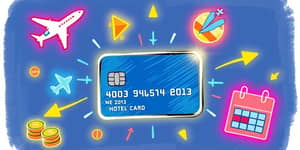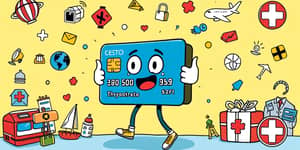
Budgeting with cards often carries a stigma: swipe, overspend, regret. Yet, with intentional systems and modern tools, you can turn your debit, credit, and prepaid cards into powerful allies that help you stay on track and achieve your financial goals. In this guide, we explore how to move beyond the traditional envelope system, embrace digital solutions, and maintain discipline so that your cards work with your spending plan, not against it.
For decades, the envelope method reigned supreme. People withdrew cash, divided it into physical envelopes for categories like groceries, entertainment, and bills, and spent until empty. The appeal was simple: tangible limits taught discipline, and seeing the envelopes deplete created a robust emotional connection to money. But as life went digital, cash-only budgets faced drawbacks.
Carrying large sums of cash poses safety risks, and online or automated payments are impossible without cards. Frequent bank visits to reload envelopes can be time-consuming, and cash budgets miss out on valuable card rewards and protections. Technology stepped in to bridge convenience and control.
Today’s budgeting apps—such as Mint, YNAB, and PocketGuard—emulate envelopes in virtual form. You assign a dollar amount to each category, link your cards, and watch transactions flow in. This approach preserves control while offering instant real-time budget adjustments and reducing manual work.
Credit and debit cards automatically record spending, giving you up-to-date insights without writing down every transaction. These records feed directly into budgeting software, highlighting trends and overspending risks. Additionally, cards come with built-in safeguards: zero-liability fraud policies, purchase protection, and sometimes extended warranties.
When swiping feels too easy, a reality check is crucial. Pair your cards with apps that send instant alerts and categorize spending. Always aim to pay off balances in full each statement cycle to avoid interest. Treat your card’s limit as a maximum safety cushion—not your actual spending goal.
By allocating funds to categories before spending, you mimic the discipline of cash envelopes. Prepaid cards can hold your grocery or entertainment budget, ensuring you can’t overspend. Linking debit or credit cards to digital envelopes keeps everything in one place. Automation—be it transferring 10% of each paycheck to savings or syncing transactions every hour—minimizes manual tasks and reduces mistakes.
Financial experts agree that blending methods often delivers the best results. Start by mapping your fixed expenses (rent, utilities) and variable costs (dining, entertainment). Pilot one category with a prepaid card or app envelope. Observe how real-time data influences decisions and iterate.
Quarterly reviews allow you to recalibrate: income changes, new goals emerge, and spending patterns shift. Consider pairing cash envelopes for small categories (coffee, small treats) with card-based systems for bills, travel, and major purchases. Accountability partners or weekly check-ins with your app dashboard can reinforce habits.
Using cards to budget instead of break it isn’t about avoiding plastic—it's about designing a system where your cards reflect and enforce your plan. With prepaid cards as effective envelopes and automate transfers to savings, you harness technology without sacrificing discipline. Leverage real-time insights and built-in protections to stay on track, earn rewards, and safeguard your financial future.
Transform your cards from potential pitfalls into strategic tools for financial empowerment. With the right combination of digital envelopes, automation, and regular reviews, you can confidently swipe within limits and watch your savings grow.
References













